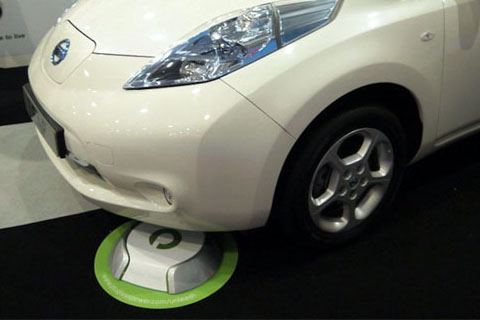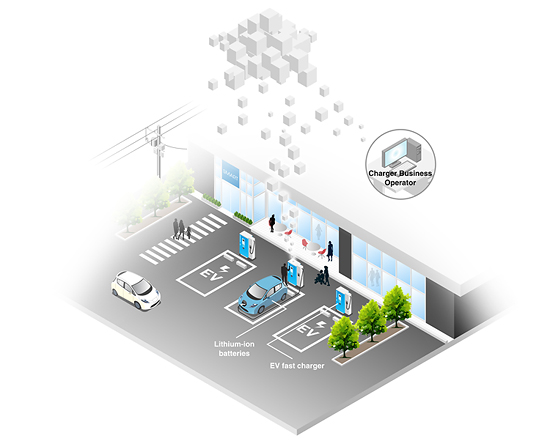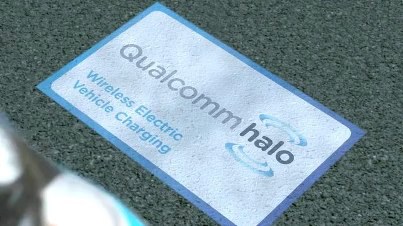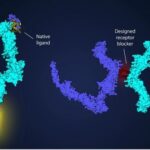Today’s EVs require the purchaser to find places to recharge their vehicles. The problem — there is little in the way of infrastructure out there, at least nothing even close to what is available for diesel or gasoline-fueled vehicles. That means EV purchasers must install special recharging stations in their home garages. And since home is the only place where they can recharge, that seriously limits the utility of EVs.
That is all about to change as EV manufacturers recognize that their future success and profitability requires an infrastructure that makes recharging as convenient as finding a gas station when your vehicle’s tank is near empty. In fact, for EVs it should be even simpler. They should be able to park and recharge. That means building EVs that can use standardized means to recharge whether hooked up by wire or through the use of wireless infrastructure.
Who is Building the Recharging Infrastructure of Today and Tomorrow?
We know that Tesla Motors has been investing in building a recharging infrastructure. Back in September 2012 I wrote about the unveiling of 6 recharging stations in California to service the Tesla Model S sedan. But Tesla’s recharging stations don’t work with Tesla’s first EV and are incompatible with any third-party EV. So Tesla’s foray into building infrastructure for EVs is proprietary. That’s not the kind of solution that will make EVs replace vehicles running on internal combustion engines (ICEs).
Another company that is building an EV infrastructure is ABB, the company mentioned in last week’s headlines because of its work in developing high-voltage DC circuit breakers. ABB, on its website offers four fast charge stations capable of recharging EVs that use the CHAdeMO standard charging interface. Instead of needing 6-10 hours ABB’s technology can recharge a compatible EV in 15-30 minutes. Today there are 1,881 CHAdeMO quick charge installations worldwide, the bulk of them in Japan. You can find a listing of all the companies building fast charge technology that meets the CHAdeMO standard here as well as a list of the EV vehicles that are compatible to use the standard. Probably the only one you know on this list is the Nissan Leaf. But an infrastructure of 1,881 stations doesn’t cut it if EVs are to displace ICE technology with its 121,446 gas stations in the United States alone based on current U.S. Census Bureau statistics.

The real answer to building an EV alternative to automobiles based on ICE involves the development of wireless recharging technology. Ideally this would be technology that would use an internationally accepted standard for transmission and would be made available to all EV manufacturers either through open source initiatives or through a shared-licensing arrangement. But, unfortunately, to date, nothing yet has emerged.
One company, however, Evatran has plans to bring its Plugless Power alternative to the market in 2013. Currently the company has after-market agreements with two manufacturers, General Motors, for the Chevrolet Volt and Nissan for the Leaf. A Plugless Power option is planned for future model versions of these automobiles. Plugless Power uses a combination of a parking pad device using inductive power transfer to an on board vehicle adapter. Inductive power is technology that has been around for a century (demonstrated by Tesla in 1891) and uses electromagnetic fields to transfer electricity between two coils, one in the pad, the other mounted in the automobile. The vehicle parks within proximity of the pad to begin receiving a charge automatically. Plugless Power, however, is no faster than home recharging systems using power cables. That means 6-10 hours to recharge your EV.

Imagining The EV Infrastructure of 2030
Wireless, fast and ubiquitous, that is the world of EV recharging stations. But we have a long way to go. We can imagine the Tesla recharging model expanding outside of California as more EVs appear on the road, but stations will have to be capable of quick recharge cycles for any EV vehicle that pulls up and parks.
But limiting the technology to service stations means delays for any EV owner as they wait the 30 minutes or so that it would take to get their vehicle recharged to at least 80%. Companies like NEC are planning smart charging technology placement that would be located almost anywhere including service centres. Recharging stations would be made available at metered parking facilities, transportation hubs like airport terminals, hotels, convenience and grocery stores as well as at company employee parking lots. NEC calls the technology the Smart Network Project. It envisions using high-output EV fast chargers based on CHAdeMO and capable of receiving an 80% charge in 30 minutes or less. NEC announced its firs field trials in 2010.

Qualcomm Halo Double “D” Quadrature (DDQ) wireless charging technology goes one step beyond NEC by delivering a charge using inductive power transfer, like Plugless Power, but distributing the technology over a grid to eliminate the need for EVs to use cables. There are no charging posts. The technology is buried and not affected by snow, rain or ice. Qualcomm Halo is engineered to deliver a range of power depending on the vehicle it is recharging. It can deliver a slow recharge or rapid charge depending on location.
Qualcomm Halo provides additional advantages. Current EVs are either plug-in hybrids, or have large, weighty and expensive battery packs on board to attain driving ranges that are considered reasonable. With Qualcomm Halo technology located almost anywhere, the need for large on board battery storage on EVs lessens. Anywhere an EV goes it can constantly be kept recharged. Ultimately, Qualcomm sees its charging infrastructure embedded in roads and highways making it possible for any EV to drive continuously for hundreds of kilometers constantly maintaining the same level of charge. This is the world unfolding for EV technology and a future we will see first in cities and then spreading throughout highways across countries, the promise of what 2030 will bring.










As I can understand the laws of physics and well-established principles of mechanical/electrical engineering, unless vehicle propulsion battery costs fall at least 50% and achieve long life spans with rapid high current charge cycles, the Chevy Volt approach (and perhaps the soon to be released Ford Fusion plug-in) optimizes the practical execution of “electric” cars in developed countries. Even if battery costs were to fall 50%, Volt costs might fall or its battery range double from 40-miles to 80-miles. Still, no good justification for many high-current charging stations. The most rational solution to “on the road” electric car battery charging is the small “range extender” ICE.
For most drivers, charging stations don’t practically extend range on direct longer trips. Time is life and also money. Few drivers are going to wait around an hour or so at charging stations for another 100-miles worth of battery charge. They will happily drive an electric car 30-40 miles to a work place, and then plug it in to recharge while they work. For most drivers, dropping charging time from 4-hours to 1-hour wouldn’t make much difference. What if charging time could be dropped to 15-minutes? Maybe that would expand the market an extra 10%.
Consider the Tesla S. The deluxe model, priced at about $90,000, with a brand new battery pack has a total battery storage capacity of 85 kWh. To extend battery life, it’s necessary to limit charge and discharge levels to about half of that. So just figure that for practical purposes, a new Tesla S, can store about 43 usable hp hours. Suppose 15-hp hours will propel the S Model 70-miles. The Tesla S can travel about 200-miles down the highway during 3-hours, at which point a complete 43 kWh recharge is needed. The charging station is mostly of use to persons who invested $90,000 in a Tesla S.
No electric car presently on the market “saves fuel costs” in contrast with costs of similar size and weight ICE cars.
The only good reasons to own an “electric” car are because you like the way it looks and drives and it’s a great conversation piece and you can afford it. It’s silly to pretend it’s making any significant environmental difference or that costs per mile are lower than a pure ICE car. For that to be true, battery or fuel cell performance/costs would need to improve by a factor of four. That seems highly unlikely.
There are lots of reasons to pooh pooh the current generation of electric and hybrid-electric cars. My brother at the Honda hybrid Civic and after the lease ended turned it in for an ICE version of the Civic. The reason – the battery pack started exhibiting problems and although still under warranty it took 2 days to get fixed and he was told if the warranty expired the cost to replace was astronomical. That’s not the kind of news you want to hear.
But what Qualcomm is developing is intriguing because it extends the range of EVs to wherever the road infrastructure allows without stopping to recharge. Unlike you I see a strong future for EV and efficiencies dramatically improving as technologies like lithium-air batteries get commercialized.